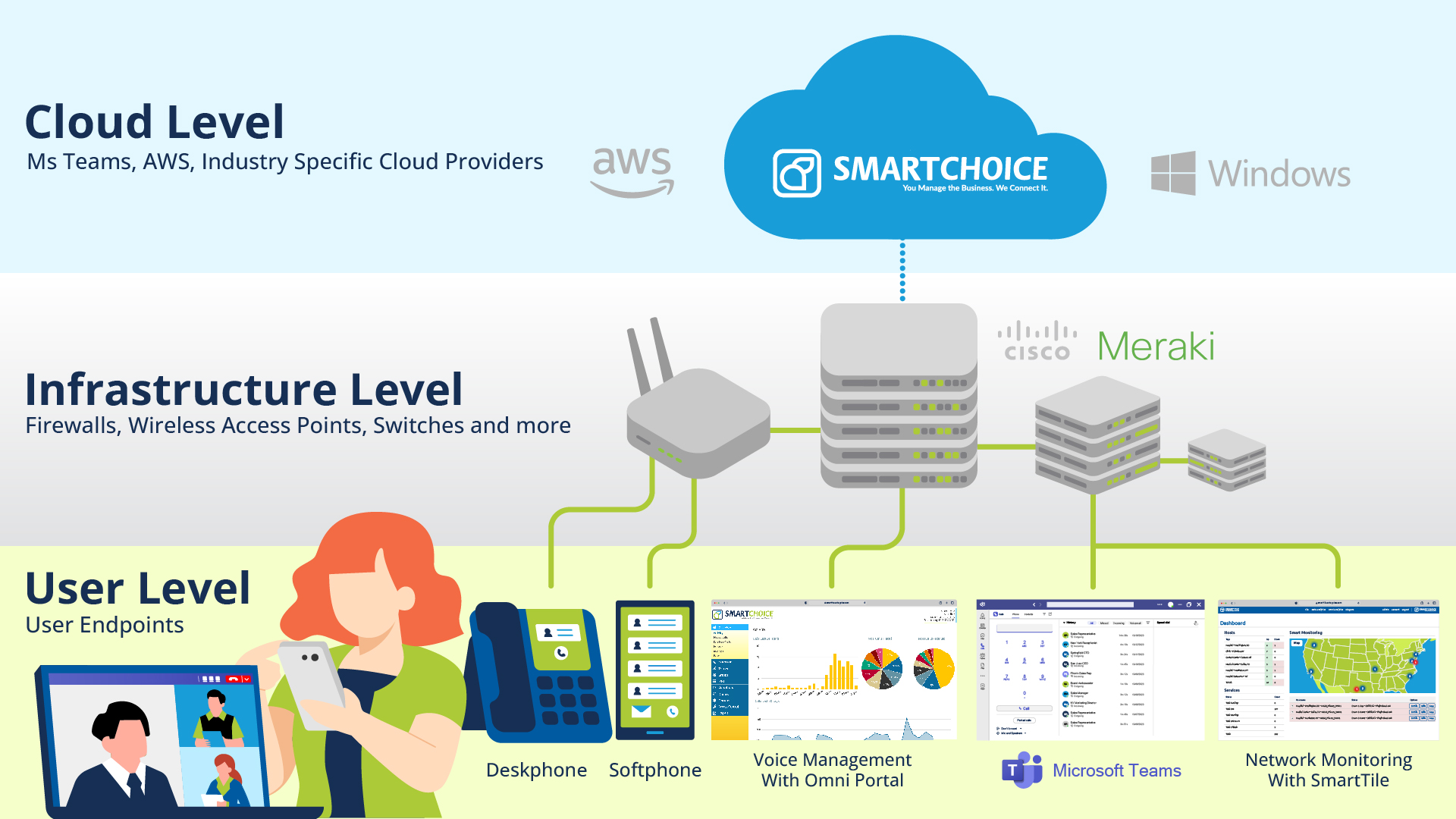How to Save Time and Money on Your Business Phone System When You Have Multiple Sites

Introduction
In today’s interconnected world, multi-location businesses require robust and scalable voice communication systems that enable seamless collaboration across their dispersed teams. Cloud-based solutions like Microsoft Teams have emerged as a powerful tool, revolutionizing the way organizations communicate and collaborate. In this article, we will explore the benefits of cloud-based voice systems and delve into the process of setting up a scalable voice system using Microsoft Teams for businesses with multiple locations.

Leveraging Microsoft Teams for Multi-Location Communication
Microsoft Teams has gained immense popularity as a comprehensive collaboration platform, and its voice capabilities make it an ideal choice for multi-location businesses. When setting up a scalable voice system using Microsoft Teams, organizations can centralize their voice communication, streamline workflows, and enhance collaboration.
To begin, businesses need to ensure they have an appropriate Microsoft 365 subscription that includes Teams Voice capabilities. They can then provision and configure voice services within the Teams admin center. This involves setting up phone numbers, call routing policies, and implementing emergency calling features.
Microsoft Teams offers seamless integration with traditional phone systems and SIP trunks, enabling businesses to leverage their existing infrastructure. By connecting Teams with a Session Border Controller (SBC), organizations can ensure secure connectivity between Teams and the Public Switched Telephone Network (PSTN).
To enhance scalability, businesses can utilize Direct Routing, which enables the integration of local telephony providers with Teams, allowing for global reach and localized phone numbers across multiple locations. Direct Routing also offers flexibility in selecting carriers and obtaining cost-effective calling plans.
Best Practices for a Successful Implementation:
When setting up a scalable voice system using Microsoft Teams, it’s essential to follow best practices to ensure a successful implementation. Firstly, businesses should conduct a thorough network assessment to evaluate bandwidth requirements and assess network readiness for voice traffic.
Additionally, organizations should define user policies and access controls within Teams to align with their communication needs. This includes assigning calling plans, configuring voice features, and establishing call routing rules tailored to each location.
Training and adoption initiatives are crucial to ensure employees understand and make the most of the voice capabilities offered by Microsoft Teams. Providing comprehensive training resources, conducting workshops, and offering ongoing support can drive user adoption and maximize the benefits of the voice system.
In Summary
Cloud-based voice systems, such as Microsoft Teams, empower multi-location businesses with scalable, flexible, and feature-rich communication solutions. By leveraging the power of the cloud, organizations can streamline their voice communication, enhance collaboration, and optimize productivity across multiple locations. The implementation process involves provisioning and configuring voice services, integrating with existing infrastructure, and following best practices for a successful deployment. As businesses embrace the potential of cloud-based voice systems, they can stay connected, communicate seamlessly, and unlock new possibilities for growth and success in the modern business landscape.





